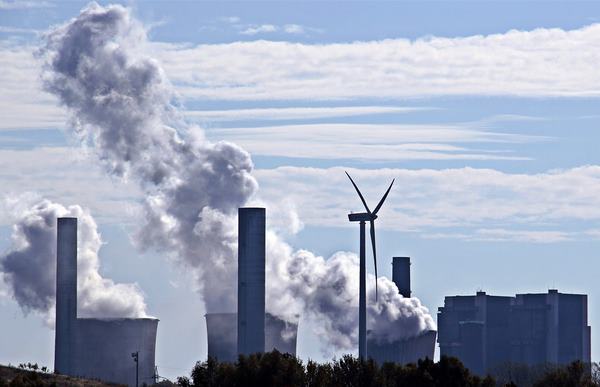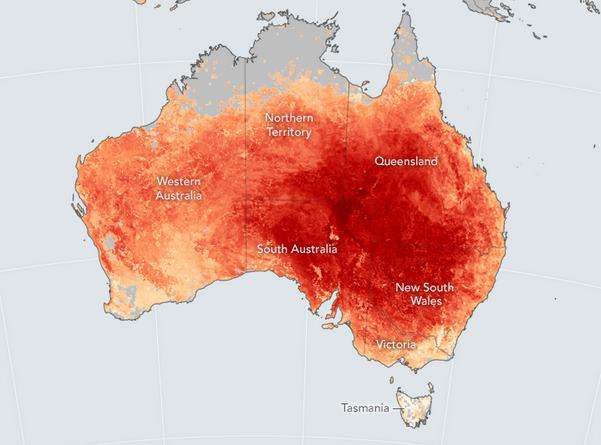Electricity Prices In Australia Peak Thanks To Coal And Gas Hike
- Written by News Company

The Weather
One of the problems, according to the AEMO Quarterly Energy Dynamics Report, is the weather. The majority of Australia, including the highly populated east coast, has seen some of the lowest levels of rainfall on record over the autumn months. Rainfall in the Brisbane, Sydney, and Melbourne areas has been far lower than one would expect for this time of year and it’s meant that the output of hydro is down.Because hydro’s capacity is falling, the reliance on traditional sources of energy has gone up. Even without a gas and coal hike, the price of Australian electricity would have undoubtedly risen. Power plants would have had to increase their output, causing additional wear, accelerating depreciation, and pushing up the overall cost of supplying electricity.
Coal And Gas Prices Go Up
But that’s only part of the story. Compounding the problems with hydro is the fact that coal and gas prices have been rising for some time, making the cost of creating electricity for the grid even higher.Of course, for the rest of the industry, it’s neither good news nor bad news. Electrical installation company Caslec Industries Pty Ltd is still reacting to demand from companies: electricity is something that firms just can’t do without. But it is worrying if the trends continue: Australia could become an uncompetitive place for companies to do business and they may go elsewhere or install electrical systems based on the promise of renewables.
Why the price of gas and coal are on the rise is complicated: there are several factors involved. But the main reason has to do with the wholesale price of coal and gas going up in response to an unusually warm spell during the autumn period. People were firing up their AC units en masse to provide relief.What’s interesting is how solar appears to have rescued the grid in a strange twist of fate. Solar provided some 243 MW of the energy needed to power all of the additional cooling people required over the last month, lowering the total amount that the grid had to supply by that much. If the traditional power generators had to generate all of that additional power, then the price of electricity would have gone up by much more than it eventually did.

So, in summary, what went wrong in Q1 2019 for Australia’s electricity prices? Increased demand from consumers for air conditioning in the afternoons increased the total amount of energy that the grid needed to supply. The high gas and coal prices led to an automatic increase in the cost of providing power. And the dry weather took hydro off the grid, meaning that more electricity needed to be supplied by traditional means.

